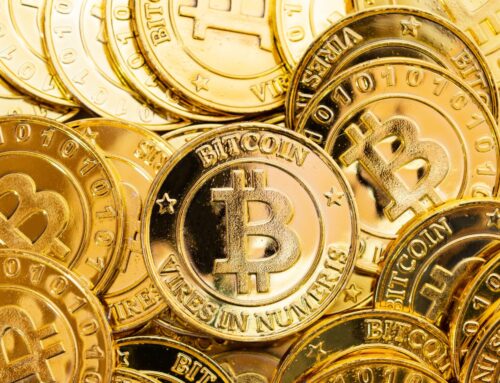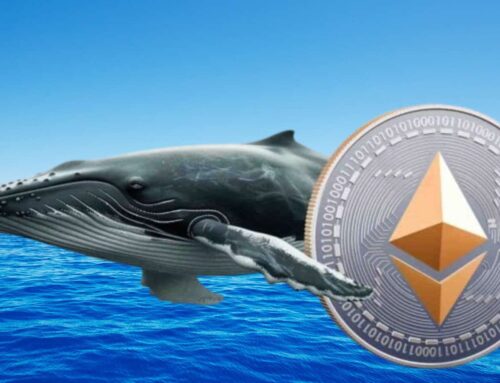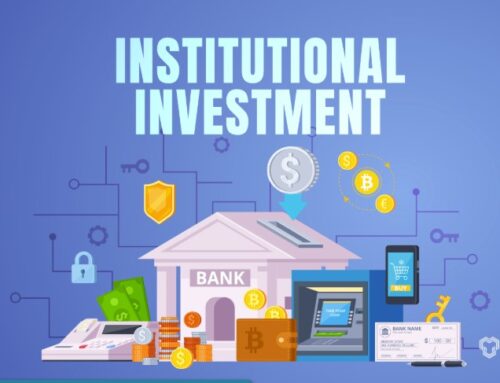Economy in U.S. Grew 4.6% in Second Quarter, Most Since 2011
September 26, 2014
Economy in U.S. Grew 4.6% in Second Quarter, Most Since 2011
The U.S. economy expanded in the second quarter at the fastest rate since the last three months of 2011 as companies stepped up investment and households boosted spending.
Gross domestic product grew at a revised 4.6 percent annualized rate, up from a previous estimate of 4.2 percent, Commerce Department data showed today in Washington. The increase matched the median forecast of 81 economists surveyed by Bloomberg and followed a 2.1 percent decline in the first three months of the year.
More from Bloomberg.com: The Secret Goldman Sachs Tapes
Busier assembly lines at the nation’s factories and job growth that’s kept Americans spending indicate companies are a bit more upbeat about the prospects for demand. As the world’s largest economy and labor market improve, Federal Reserve policy makers are debating how much longer to keep interest rates near zero.
“We definitely see momentum,” in the U.S. economy, said Brittany Baumann, an economist at Credit Agricole CIB in New York, which correctly forecast GDP. “Consumer spending should benefit from strengthening labor conditions and improved financial conditions,” while business investment should also continue, she said.
More from Bloomberg.com: Apple CEO Cook Goes From Record Sales to IPhone Stumbles
Forecasts for second-quarter GDP, the value of all goods and services produced in the U.S., ranged from gains of 3.4 percent to 5 percent, according to the Bloomberg survey. The estimate is the third and final for the quarter.
Stocks rebounded from the biggest decline since July after the report. The Standard & Poor’s 500 Index climbed 0.3 percent to 1,971.79 at 12:57 p.m. in New York.
More from Bloomberg.com: Mystery Man Who Moves Japanese Markets Made More Than 1 Million Trades
Business Investment
The revision reflected bigger gains in corporate spending on equipment and properties. Investment in nonresidential structures added 0.35 percentage point to second-quarter growth, the most since the first three months of 2012.
Business investment increased at a 9.7 percent annualized rate, up from a previously estimated 8.4 percent pace. Corporate spending on equipment was revised to an 11.2 percent rate from an earlier reading of a 10.7 percent increase, while outlays for structures climbed at a 12.6 percent pace in the second quarter.
A separate report yesterday showed demand for business equipment climbed more than forecast in August, indicating corporate investment will continue to boost economic growth. Orders for non-military capital goods excluding aircraft climbed 0.6 percent following a 0.2 percent decrease in July that was smaller than previously estimated, according to the Commerce Department’s report.
Carnival Corp. said it expects to spend roughly $3 billion a year through 2016 on capital expenditures, an increase from the Miami-based company’s estimates at the end of last year. The world’s largest cruise-line operator reported third-quarter profit that beat analysts’ estimates this week as passengers took more trips.
“We’re not afraid to invest if we see a line of sight return from that investment,” Chief Executive Officer Arnold Donald said on a Sept. 23 conference call. “We aren’t afraid to reinvest in the business to drive yields and to drive revenues.”
Today’s report showed consumer purchases, which account for almost 70 percent of the economy, increased an unrevised 2.5 percent at an annual rate.
Spending on services was also little changed from the previous estimate, contributing 0.42 percentage point to second-quarter GDP. A report earlier this month from the Census Bureau showed revenue at health-care providers climbed following a drop in the first quarter, as households boosted outlays on such services in the wake of President Barack Obama‘s Affordable Care Act.
While health care expenditures climbed, Americans spent less recreational and other services, today’s report showed.
Business Inventories
Inventories increased at an $84.8 billion annualized pace in the second quarter after a previously reported $83.9 billion annualized rate. In the first quarter they rose at a $35.2 billion pace. Stockpiles added 1.42 percentage points to GDP last quarter.
Economists project growth will cool to a more sustainable pace after the second-quarter rebound. The median forecast of 79 economists see GDP expanding an average 3 percent in the second half of 2014.
Final sales to domestic purchasers, which exclude inventories, increased 3.4 percent in the second quarter, the most in four years, compared with a previously reported 3.1 percent increase.
Corporate Profits
Today’s report also showed before-tax corporate profits rose 8.4 percent last quarter, the most since the third quarter of 2010 and compared with a previously reported 8 percent gain.
Bigger capital investments would also fuel gains in another pillar of the economy: manufacturing. Industrial production in the U.S. declined in August for the first time in seven months as automakers slowed assembly lines.
Auto output has see-sawed over the past two months as schedules returned to normal after manufacturers reduced the number of idle days to retool for the new model year in July. The slowdown in manufacturing will probably be short-lived, with vehicle sales last month posting their best performance since January 2006.
An improving job market would help to amplify economic growth. Payrolls climbed by 142,000 in August, the weakest performance this year, after six consecutive months of gains above 200,000.
Fed’sYellen
“The labor market has yet to fully recover,” Federal Reserve Chair Janet Yellen said at a press conference after a monetary policy meeting concluded Sept. 17. “There are still too many people who want jobs but can’t find them.”
Fed policy makers are debating how much longer to keep interest rates near zero as they approach their goals for full employment and stable prices. Central bank officials tapered monthly bond buying to $15 billion last week in their seventh consecutive $10 billion cut, staying on course to end the program in October.
Today’s report also showed price pressures remain limited. A measure of inflation, which is tied to consumer spending and strips out food and energy costs, climbed at a 2 percent annualized pace compared with 1.2 percent in the prior quarter.
To contact the reporter on this story: Victoria Stilwell in Washington at vstilwell1@bloomberg.net
To contact the editor responsible for this story: Carlos Torres at ctorres2@bloomberg.net Vince Golle
More from Bloomberg.com
Search
RECENT PRESS RELEASES
Related Post





